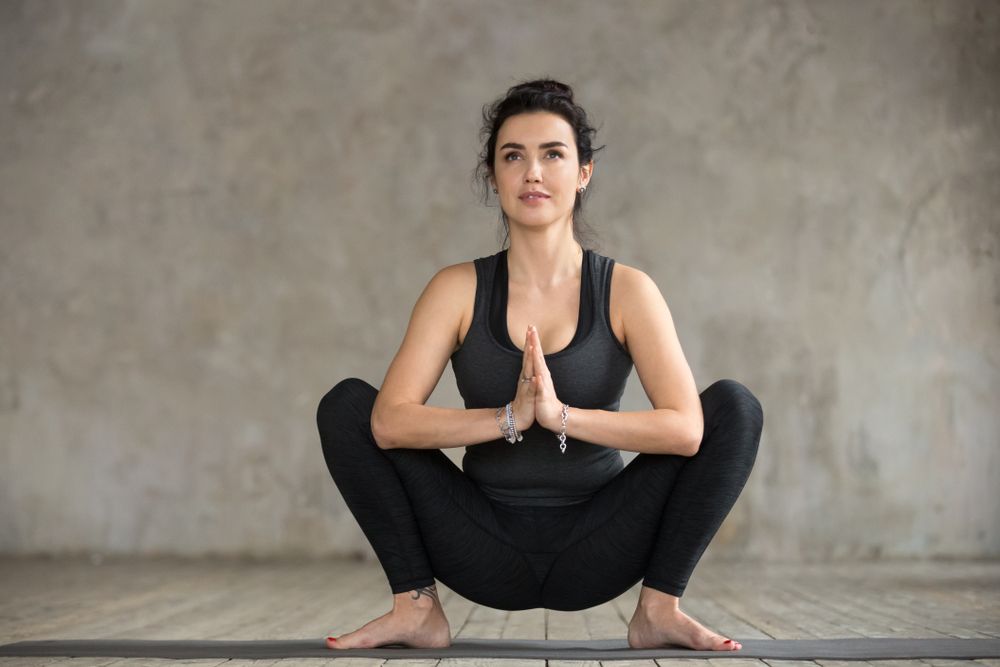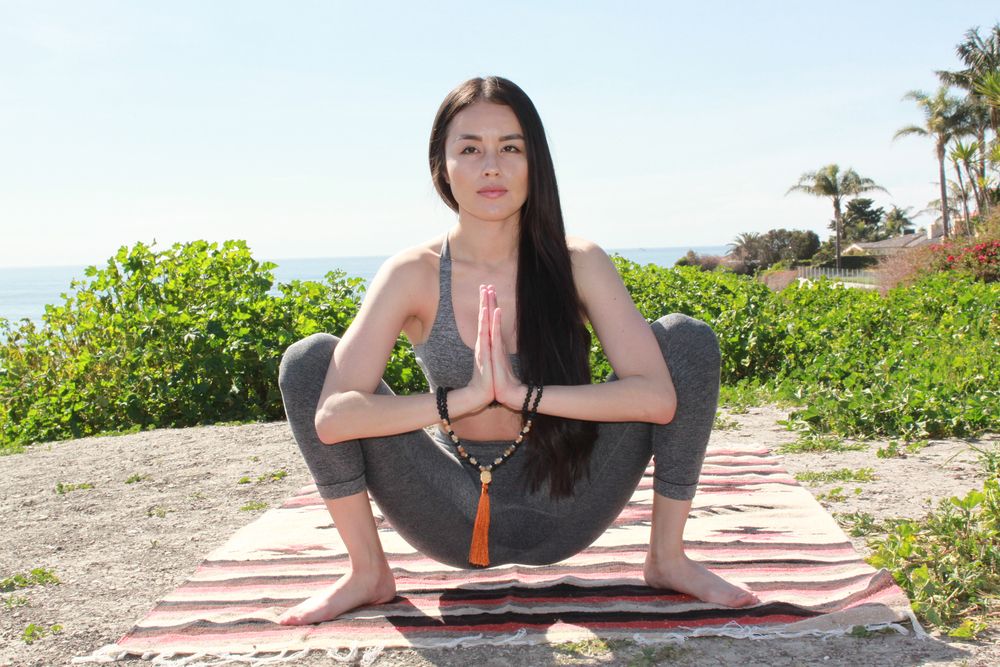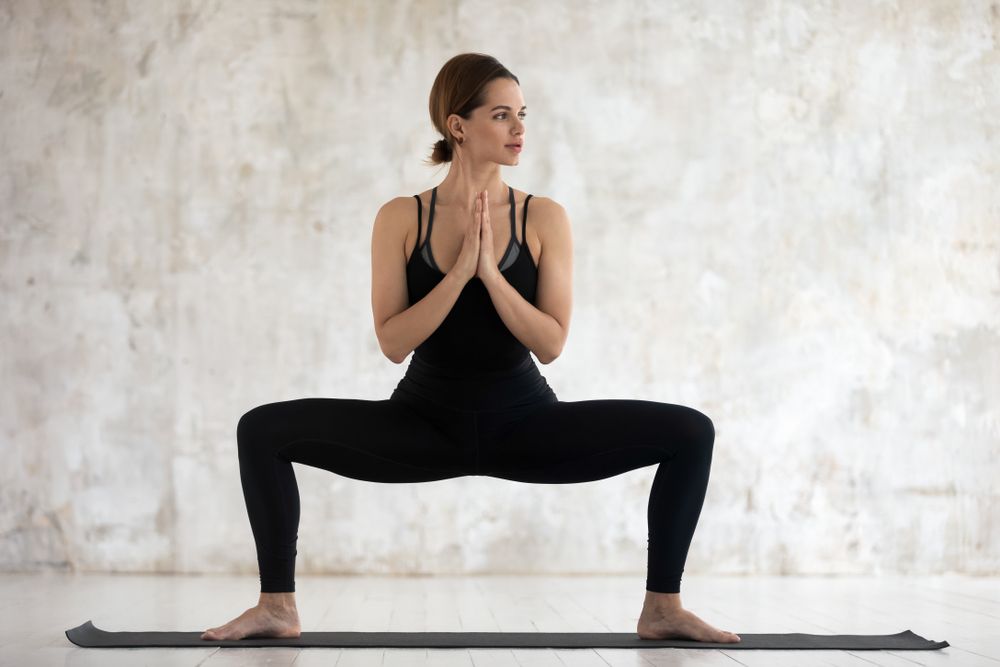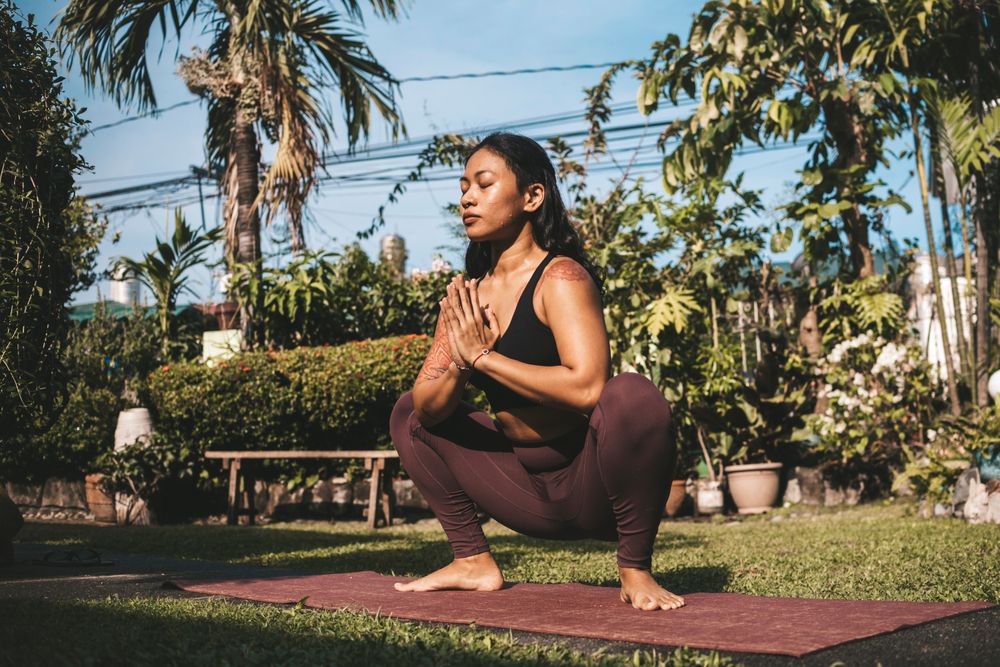
As you age, maintaining mobility is key to enjoying a high quality of life. Staying active keeps your bones, body, and mind in great shape, supporting your independence. Fun fact: Many people swear by "yogi squats" to enhance mobility, and this exercise truly seems effective! We spoke with a trainer who shares all the essential details about yogi squats and how they can boost your mobility and overall fitness as you grow older.
How Do Yogi Squats Enhance Flexibility and Mobility?

Yogi squats engage multiple muscles and joints, effectively boosting both mobility and flexibility. This squat position stretches the inner thighs, hips, groins, back torso, and ankles while strengthening the legs, knees, feet, and lower back, explains Valerie Meyer, ERYT-500 and corporate trainer for YogaSix. Keeping an upright posture in the pose also helps create space in the spinal column and lumbar spine, enhancing spinal health.
Adding yogi squats to your mobility routine brings numerous advantages. This exercise targets and strengthens key muscles in the lower body, including the glutes, hamstrings, and quads.
"Strengthening the lower body and core with yogi squats can enhance posture and balance," says Meyer. "This deep hip-opener allows practitioners to engage and strengthen the pelvic floor muscles, releasing tension in the hips, legs, and lower back. Consistent practice improves flexibility in the hip and knee joints, preparing the body for other yoga poses. Plus, the hand positioning in the squat strengthens the chest and shoulders, promoting better blood circulation and flexibility."
How To Do It:
- Stand tall with your feet placed hip-distance apart and slightly turned out.
- Bend both knees and lower your glutes toward the floor as you descend into the yogi squat.
- Maintain an elongated spine and open your thighs wide so your torso moves between them.
- Bring your hands to your heart's center.
Common Mistakes To Avoid When Performing Yogi Squats

When performing yogi squats, there are a few key points to remember.
"Some people may keep their hips above their knees and shift their weight too far forward onto the balls of their feet," Meyer warns. "This prevents the body from fully settling into the pose. If this happens, try using a block or two to sit on for support."
Additionally, you may notice your heels lifting as you squat. To improve balance, place a folded blanket under your heels for extra stability. "Otherwise, the pose will shift more pressure forward rather than grounding down," Meyer explains.

